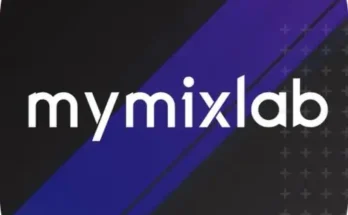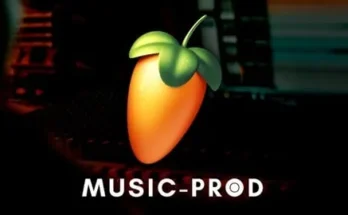A modular synth is one of the most interesting instruments out there. People who have never worked with one of these in depth, might easily get confused by all the cables and blinking lights.
However, it’s also one of the most versatile and useful instruments out there! There is the right module for everything. You can create sirens, atmospheric clouds of sound, entire electronic beats or you can even use the whole box as a really sophisticated effects ‘pedal’ for your guitar. Really, this thing offers truly endless possibilities.
Most of the times, playing a modular synth turns into learning how to tame it into your musical context.
What You’ll Learn
This course will provide a very practical introduction to create some basic understanding and most importantly interest into modular synthesis. My aim is to lower the activation energy necessary to dive into this topic.
We’ll cover:
• The basic idea of modular synthesizers
• The stream of information running from module to module
• Creation of bass line, drum beat and an arpeggiated lead synth voice
• Basic module categories including oscillators, VCAs, sequencers, envelope generators and more
• Arranging everything into a cool electronic beat to impress your audience
What You’ll Do
In the projects section, I would ask you to create a piece of music on your own! Ideally, you take your own modular synth or borrow one. Or instead, you can also take a software based modular synth for that.
Upload a sample of your bass line, lead line, drum beat or entire song in the projects section and I will be happy to comment and discuss your individual steps towards that!
Who am I?
I’m Markus, professional multi instrumentalist and chemist with a PhD. I like to create and do stuff, especially if it has to do with music. All day long I’m interested in hundreds of things and have to focus so that I don’t get lost in all the new impressions.
Content
1. Intro to Course (1:34)
2. What is a Modular Synth? (1:03)
3. Two Kinds of Voltage (2:07)
4. The Audio Source (2:38)
5. Creating a Sequence of Notes (2:11)
6. Filtering Frequencies (1:03)
7. Modulating a Boring Note (1:28)
8. Creating a Drum Beat (2:36)
9. Creating an Arpeggiated Lead Voice (2:36)
10. Conclusion & Project (1:33)




